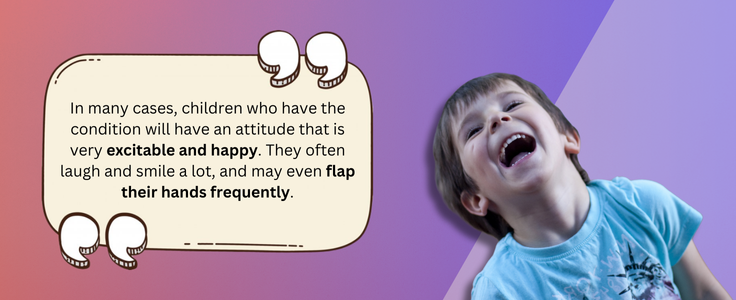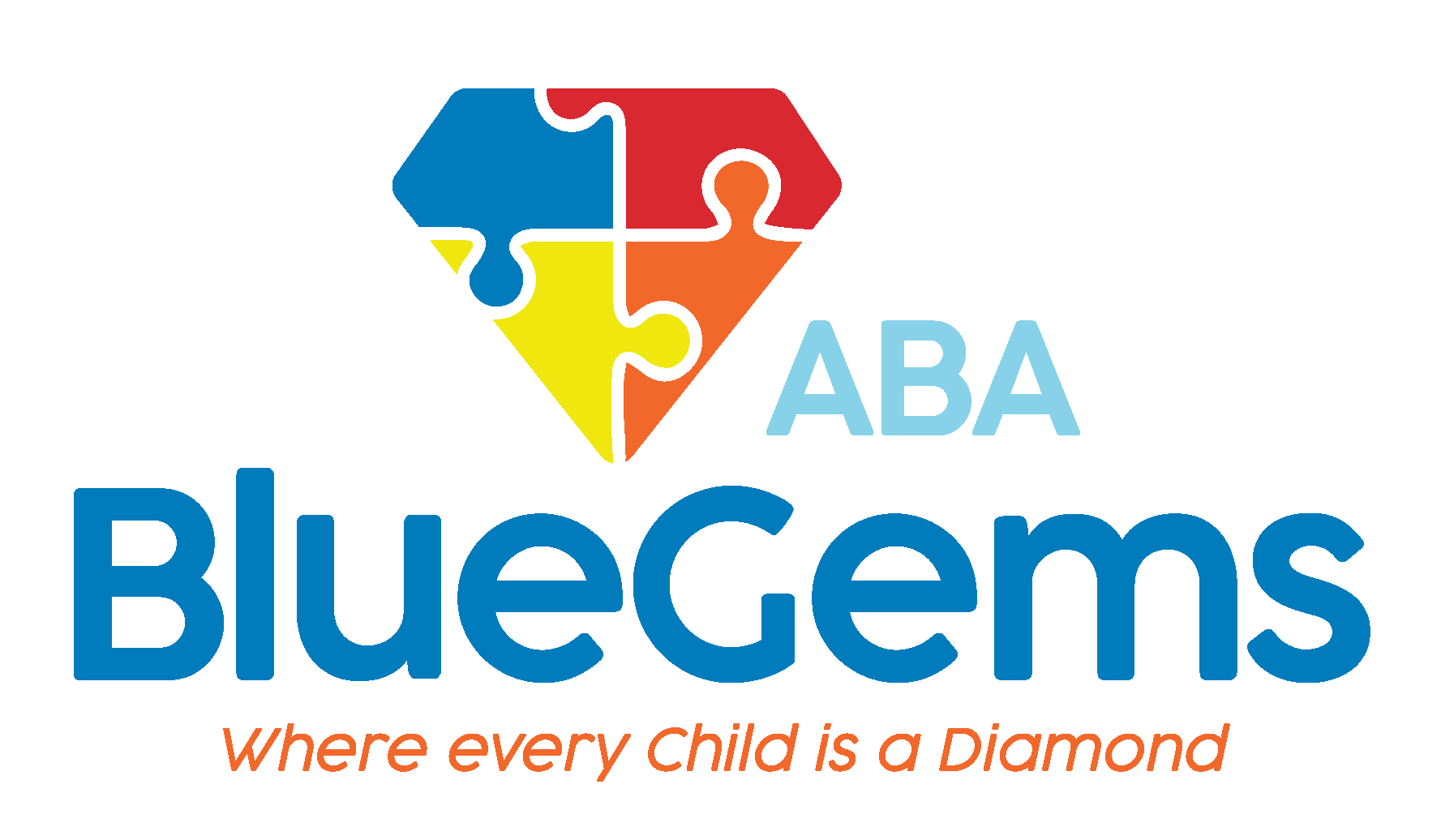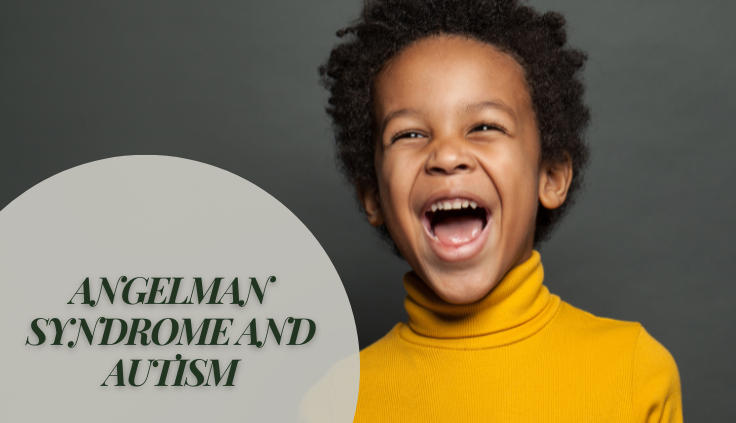Angelman Syndrome and Autism
Autism spectrum disorder (ASD) is a neurodevelopmental disorder that children are born with. ASD is essentially an umbrella term to encompass a few different disorders that were previously classified as separate conditions.
These conditions were wrapped up under ASD when the term was coined in 2013. This was done because these conditions shared many similarities in terms of signs and symptoms, and the way in which they could be treated with success were also similar.
While children on the autism spectrum can have significantly varying challenges that they face, those with ASD typically experience deficits in social interaction and communication, restrictive interests, repetitive behaviors and/or sensory sensitivities.
There is no medical exam or blood test that can diagnose autism. Instead, diagnoses are made based on the presence of certain behaviors and developmental milestones.
Because of this, it can sometimes be challenging to accurately diagnose autism, especially when some of the behaviors or traits a child is exhibiting are similar to that of other conditions.
Angelman syndrome is one condition that sometimes gets confused with autism. Let’s take a look at some of the similarities between Angelman syndrome and autism, as well as some of their differences.
Table Of Contents
What is Angelman Syndrome?
Angelman Syndrome is also a neurodevelopmental condition, just like autism. It’s very rare, affecting about one in 12,000 to 20,000 people1 — which is much lower than the autism prevalence rate of one in 36 people2.
The condition affects primarily the body’s nervous system, and it’s caused by issues with the UBE3A gene3.
Research shows that Angelman syndrome can develop in any fetus. Most of the cases come from a spontaneous mutation of the UBE3A gene4, which means that it is not hereditary — or passed down from parents to their children.
Since the nervous system operates as the command center of the body, it is responsible for controlling things such as your behaviors, thoughts and movements, as well as to how you automatically respond to your environment.
What are the Common Symptoms of Angelman Syndrome?
Angelman syndrome can affect children in many ways. Some of the common characteristics include a developmental delay that can be noticed as early as 6 or 12 months old, an intellectual disability, limited or no speech, challenges with balance and/or movement, and even seizures5.
In many cases, children who have the condition will have an attitude that is very excitable and happy. They often laugh and smile a lot6, and may even flap their hands frequently.
Symptoms of Angelman syndrome may develop over time in children, or at least become more noticeable. More than 80% of people who have the condition will be affected by the above symptoms at some point in their lives, which can significantly impact almost every aspect of their lives.
There are also some physical characteristics that are associated with children who have Angelman syndrome. This includes having a broad and short skull7, having a very large tongue that might stick out of their mouth8, having a very small head, have a large lower jaw and wide mouth, and having teeth that are spaced widely apart.

How are Angelman Syndrome and Autism Similar?
One of the challenges of early detection of Angelman syndrome and autism is that the two disorders share a lot of the same symptoms in young children. This can include developmental delays, especially in regard to movement and speech; intellectual disabilities and challenges with communication; seizures that begin once the child becomes a toddler; repetitive and/or unusual behaviors, such as flapping their hands frequently.
Because many of these symptoms are similar, doctors may either misdiagnose Angelman syndrome as autism, or miss the diagnosis altogether.
How are Angelman Syndrome and Autism Different?
Despite these similarities, there are stark differences.
Children who have Angelman syndrome are characterized by physical defects or abnormalities, while autism isn’t associated with any physical characteristics at all. They also typically will have trouble with balance, which affects the way they walk.
A child who has Angelman syndrome will also have a distinctive personality. They will often be very excited and happy, and will smile and laugh frequently as a result.
Children with autism, by contrast, may seem more stand-offish or prefer to be alone. They commonly struggle with anxiety, which will often manifest itself in opposite ways that Angelman syndrome does.
Angelman syndrome can also be identified in utero through ultrasound imaging. However, most cases aren’t diagnosed until after birth.
Once the child is born, Angelman syndrome is diagnosed through blood tests that are looking for abnormalities in chromosomes, specifically in the UBE3A gene.
This is very different from autism, which can’t be diagnosed with genetic testing. It’s also why autism isn’t misdiagnosed as Angelman syndrome — since blood tests confirm the latter — yet Angelman syndrome can be misdiagnosed as autism — if a doctor or healthcare professional doesn’t know to send the child for that genetic testing.
Blue Gems ABA Treats Children with Developmental Disabilities
While Angelman syndrome shares some similarities with ASD, it is a distinct neurodevelopmental condition that is characterized by spontaneous mutations of a specific gene. It is sometimes misdiagnosed as autism, though genetic testing can confirm that a child has it.
At Blue Gems ABA, we support children with autism by administering applied behavior analysis, or ABA therapy. This science-based approach to learning helps children with ASD build the social, communication and daily life skills with which they typically struggle.
To learn more, please contact us today.
References
- https://www.yalemedicine.org/conditions/angelman-syndrome#:~:text=Angelman%20syndrome%20is%20a%20lifelong,equally%20affects%20males%20and%20females.
- https://bluegemsaba.com/autism-birth-counter/
- https://medlineplus.gov/genetics/gene/ube3a/
- https://www.angelman.org/what-is-as/genetics-of-angelman-syndrome/
- https://www.mayoclinic.org/diseases-conditions/angelman-syndrome/symptoms-causes/syc-20355621
- https://angelmansyndromenews.com/health-insights/laughter-and-happy-demeanor-of-angelman-patients/
- https://my.clevelandclinic.org/health/diseases/17978-angelman-syndrome#:~:text=Common%20facial%20features%20of%20Angelman,Abnormally%20small%20head%20(microcephaly).
- https://www.nhs.uk/conditions/angelman-syndrome/




